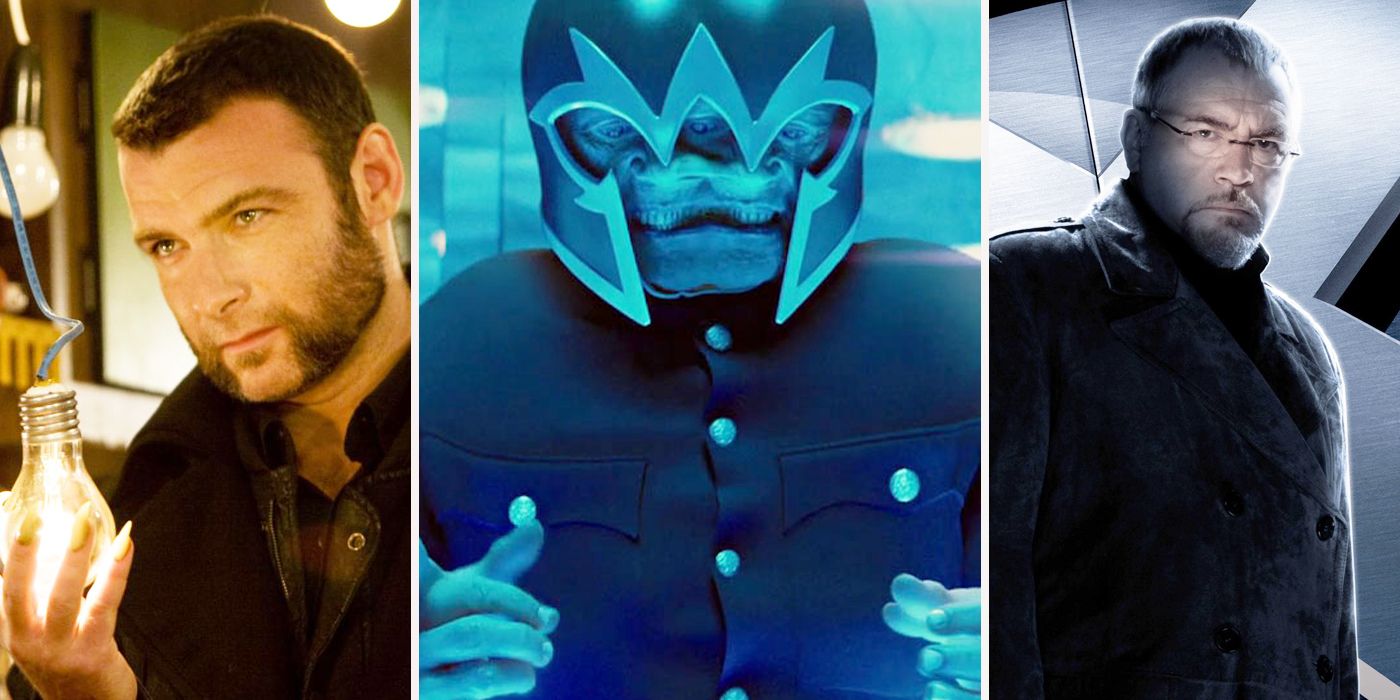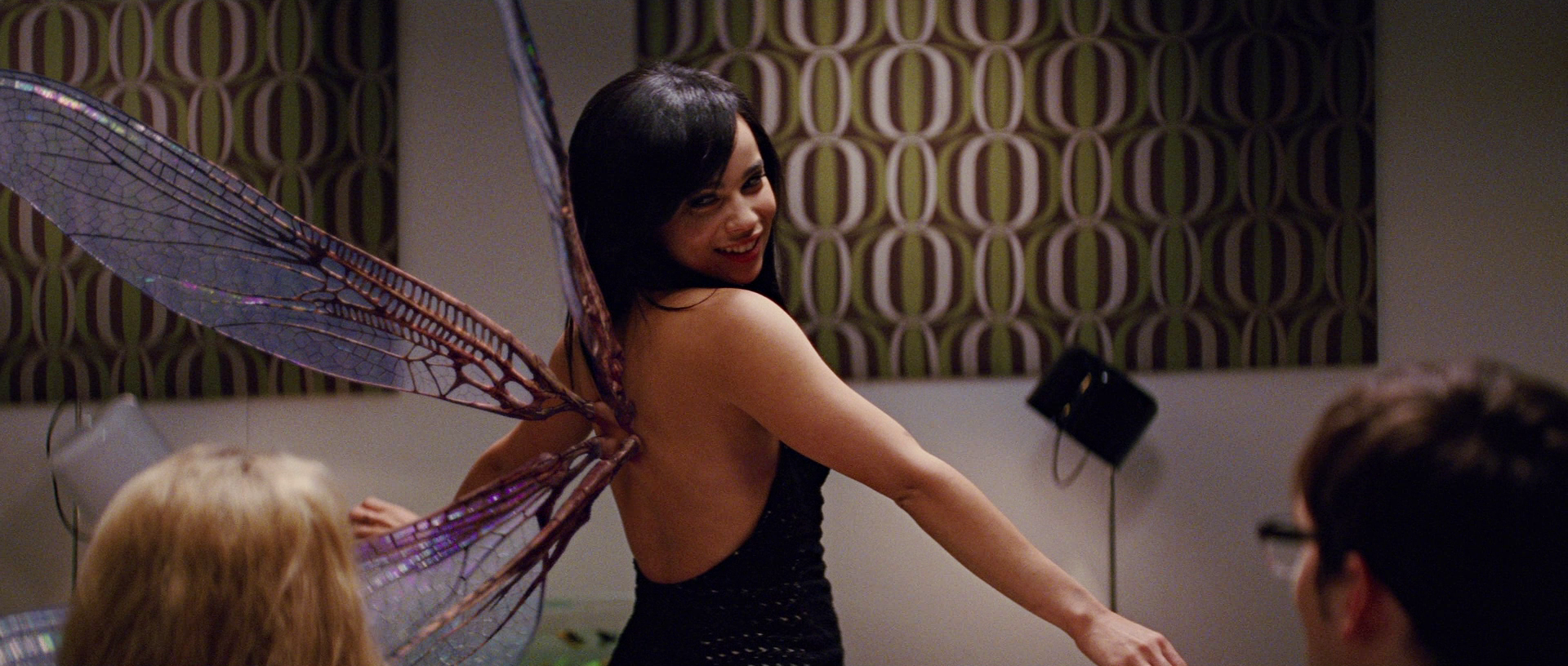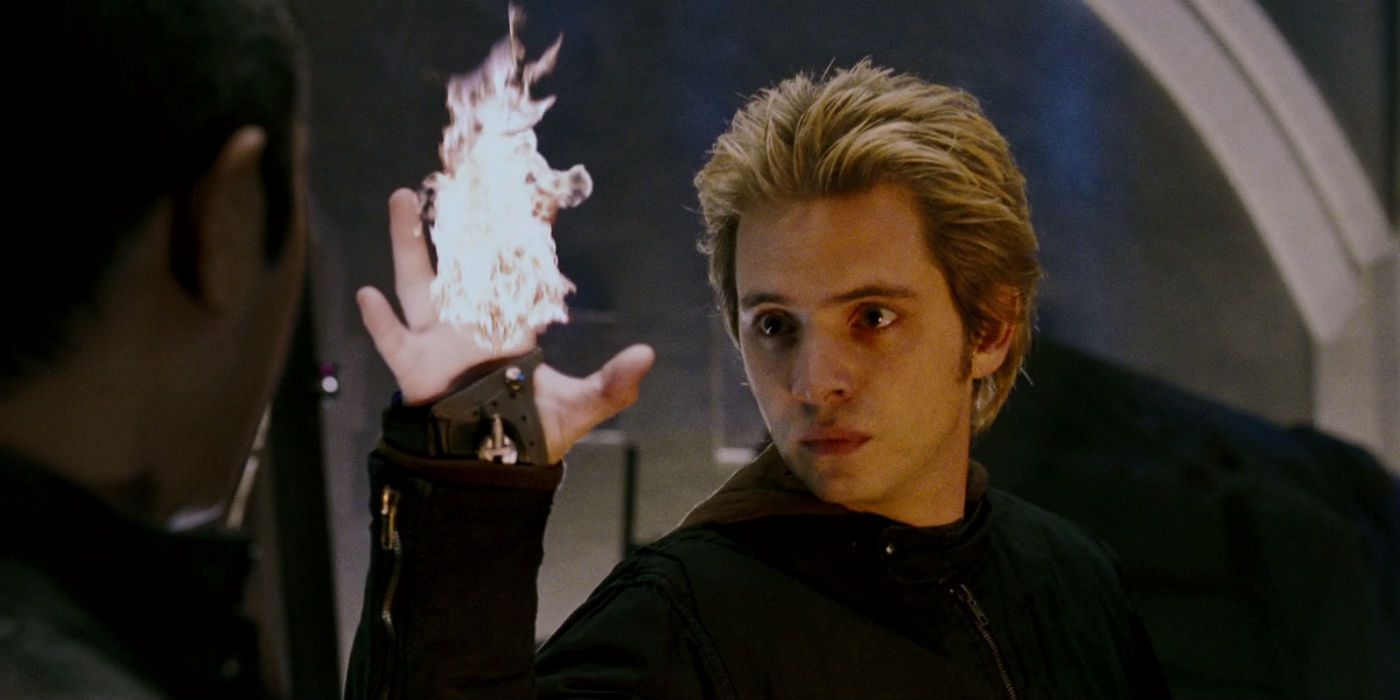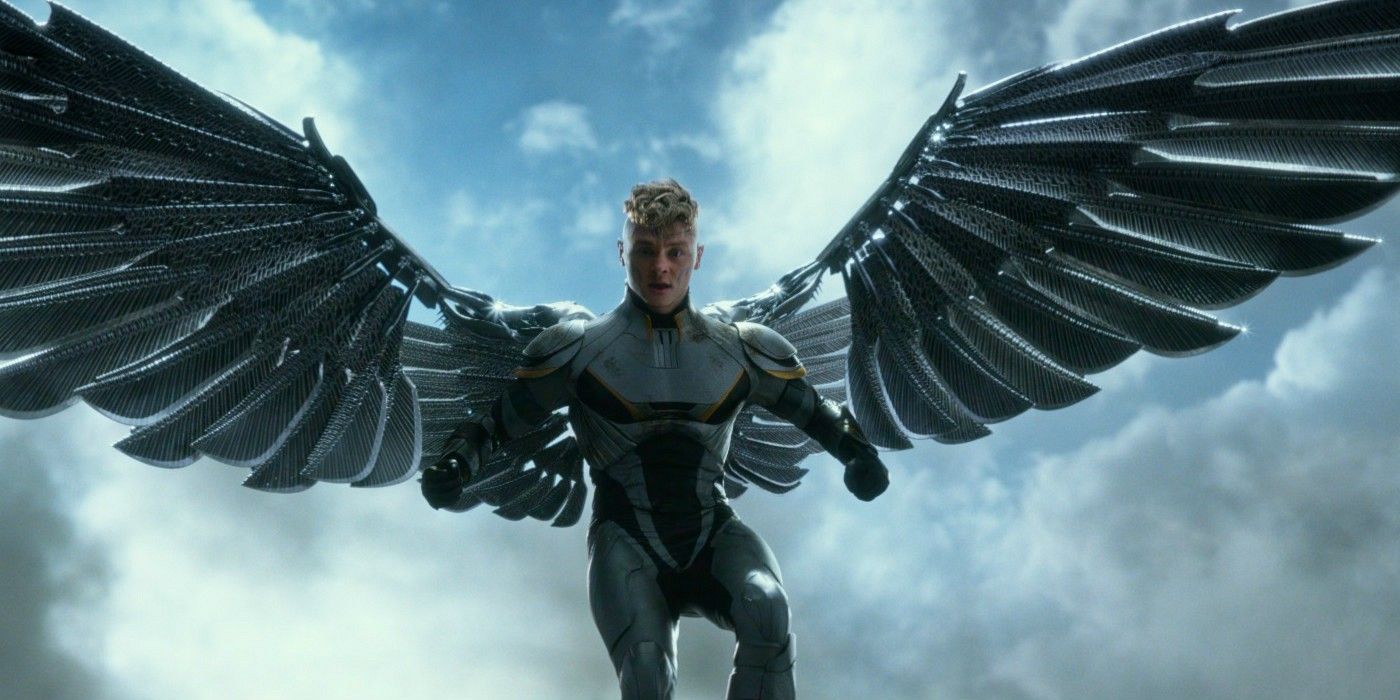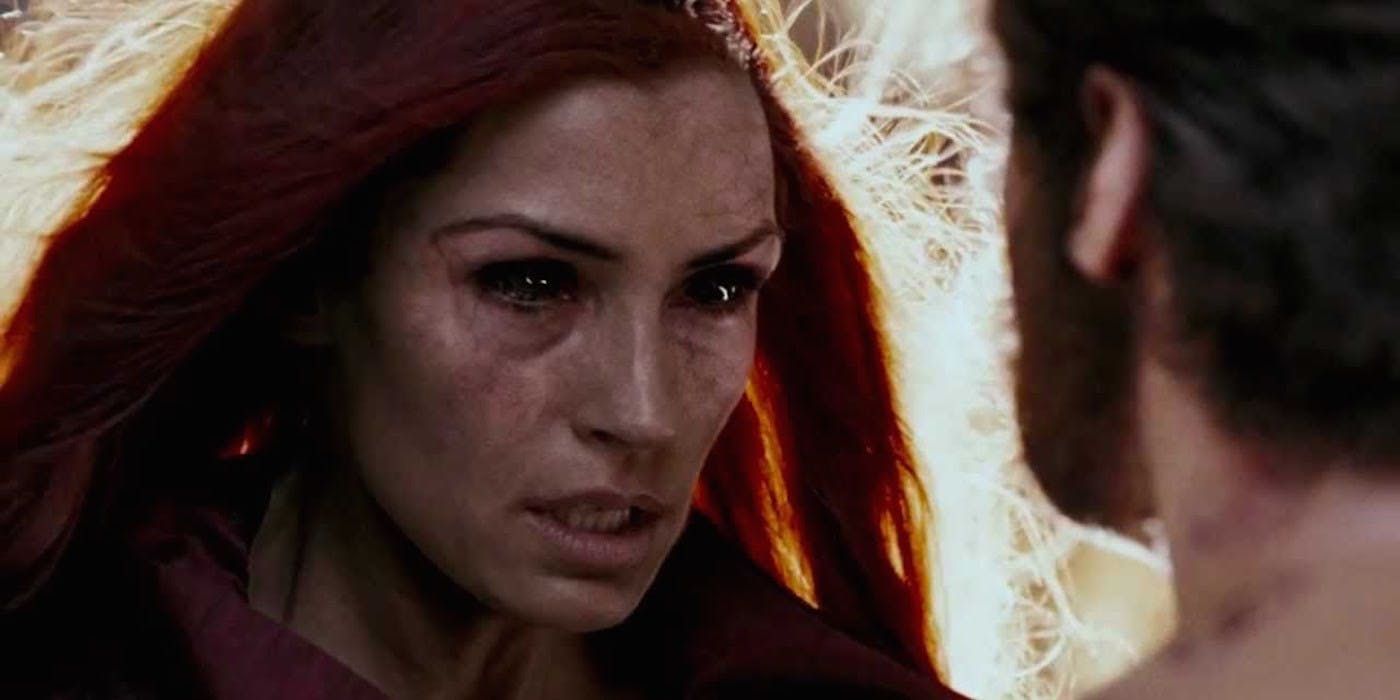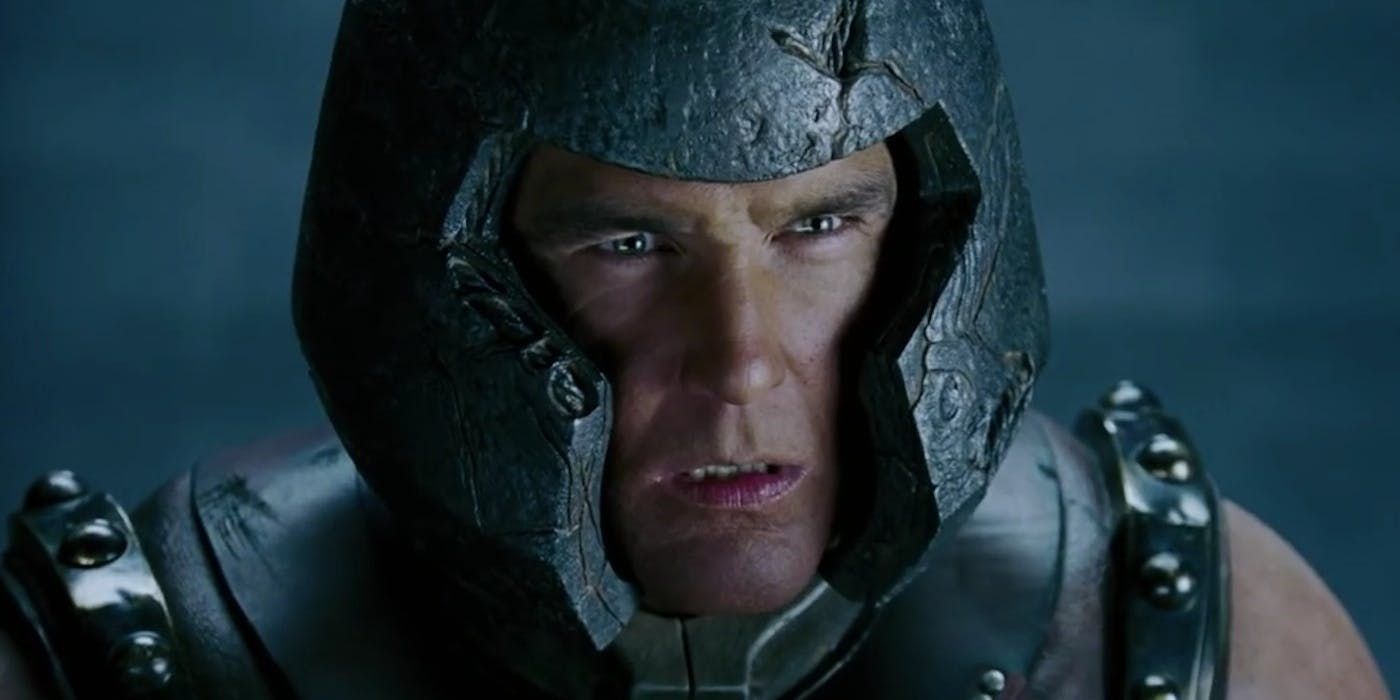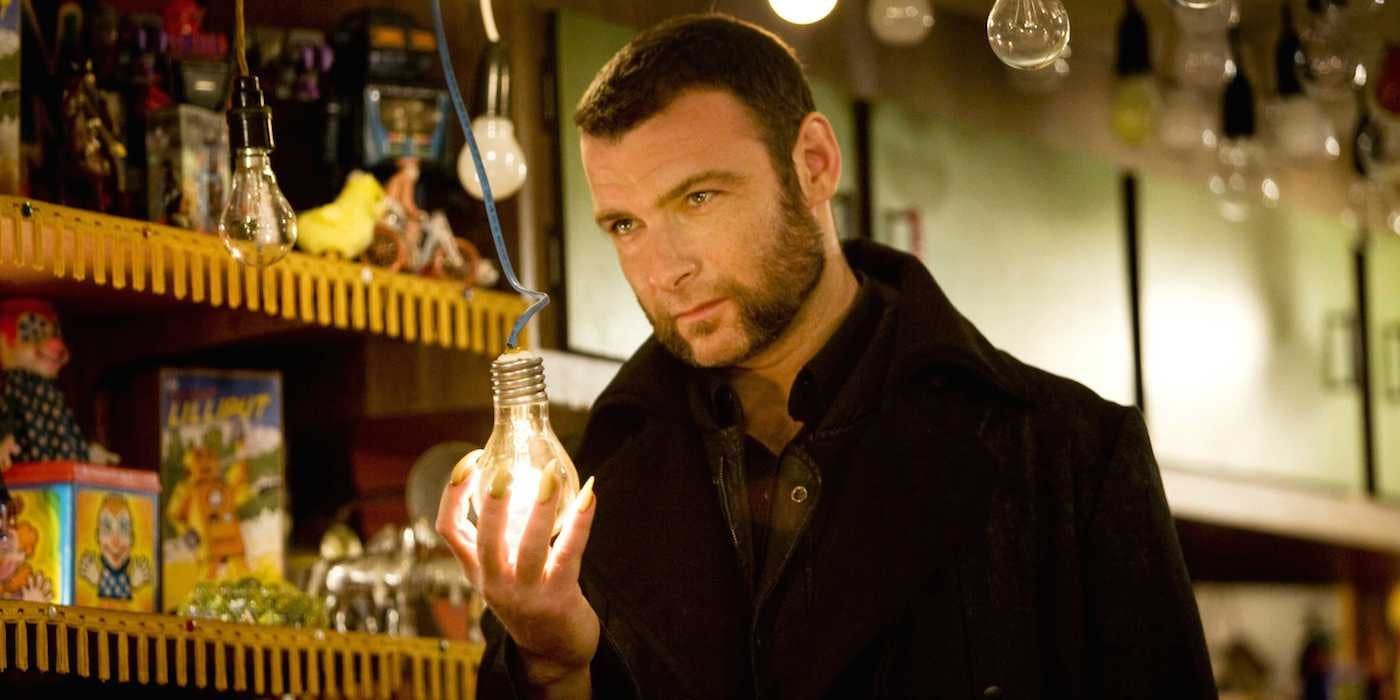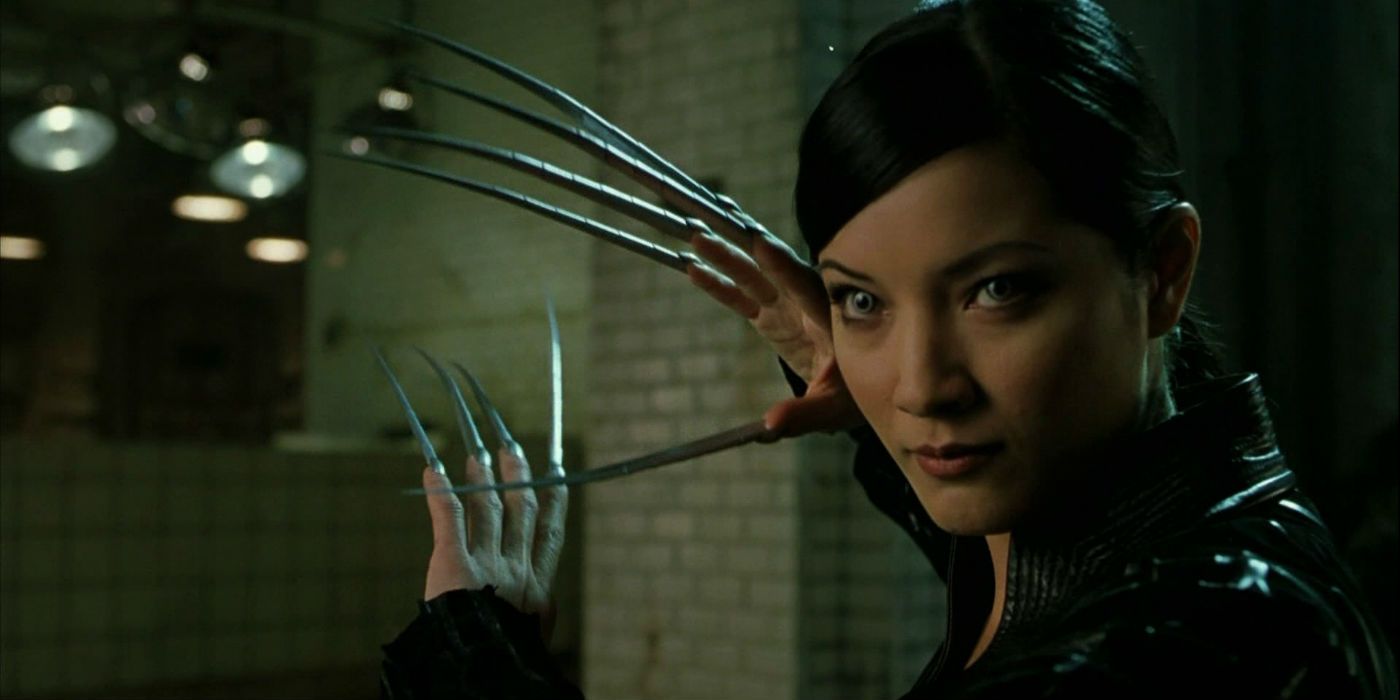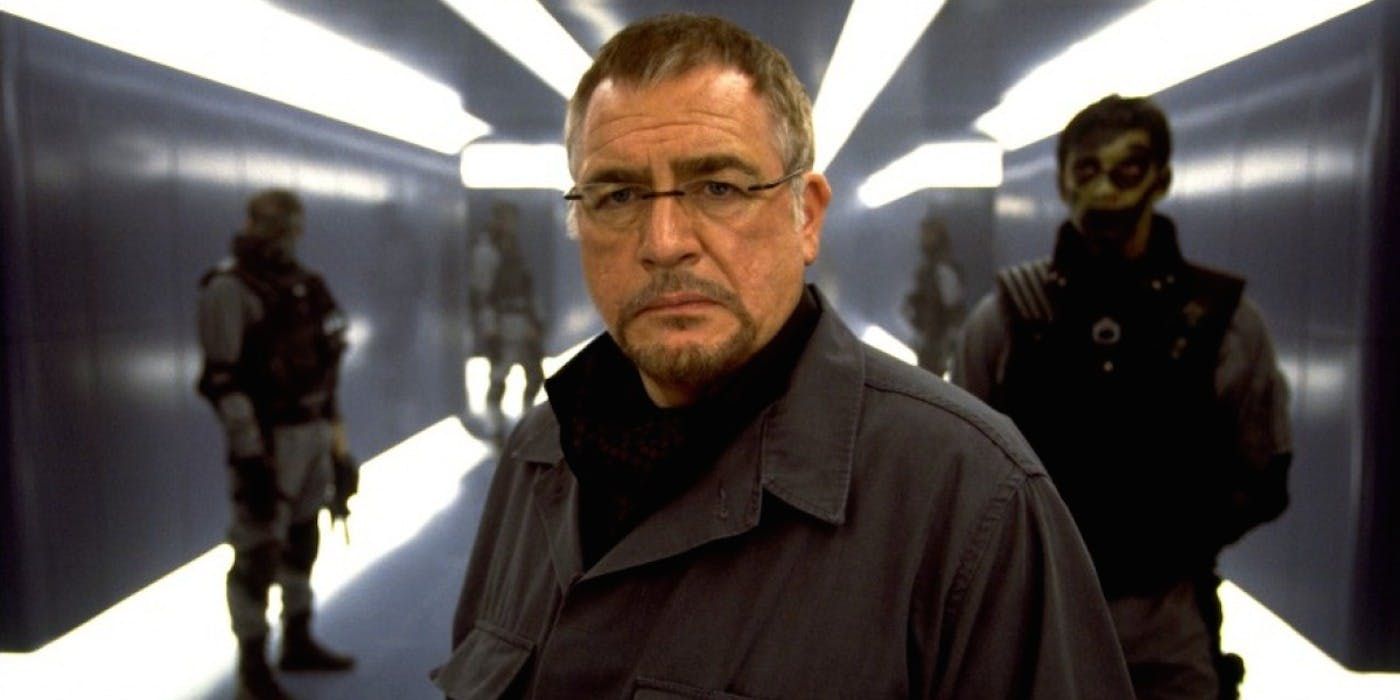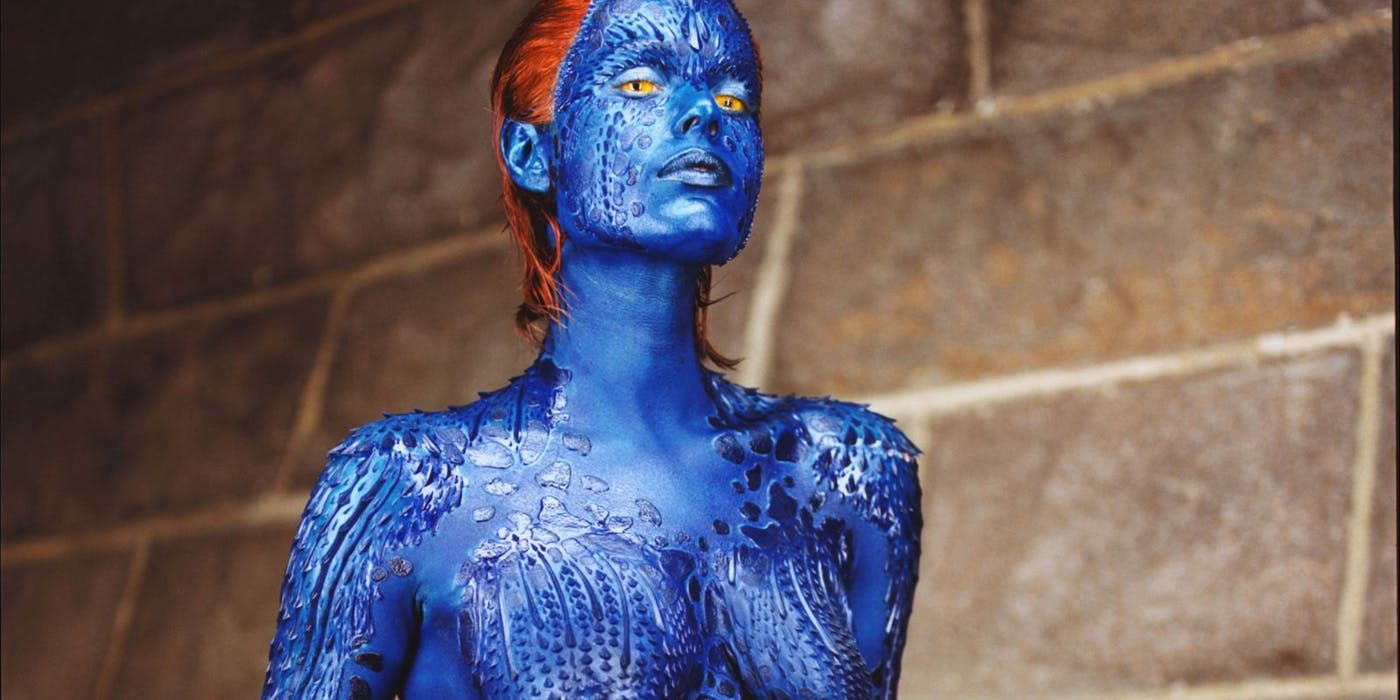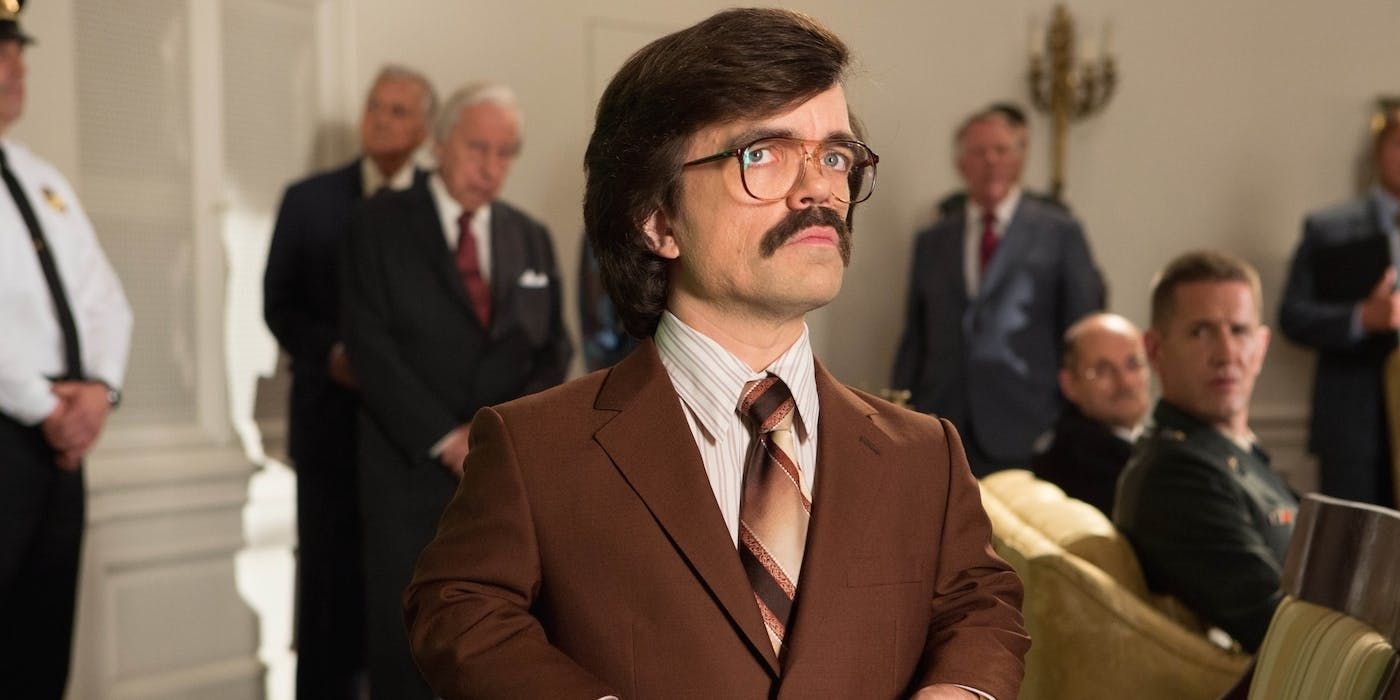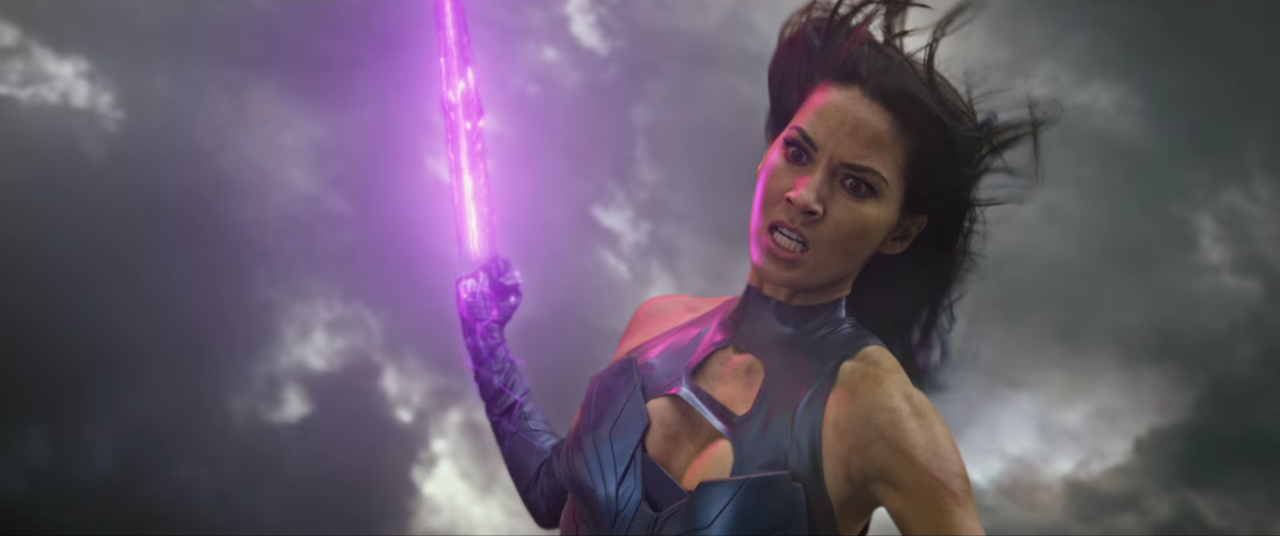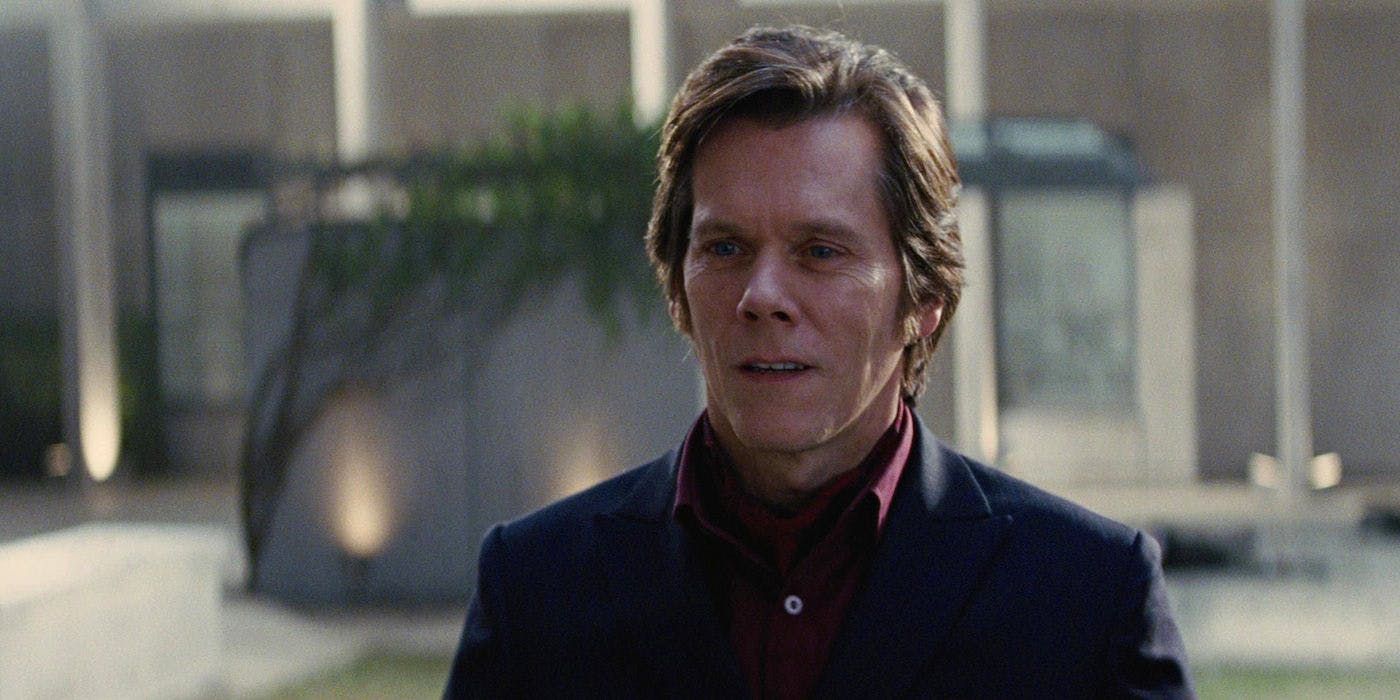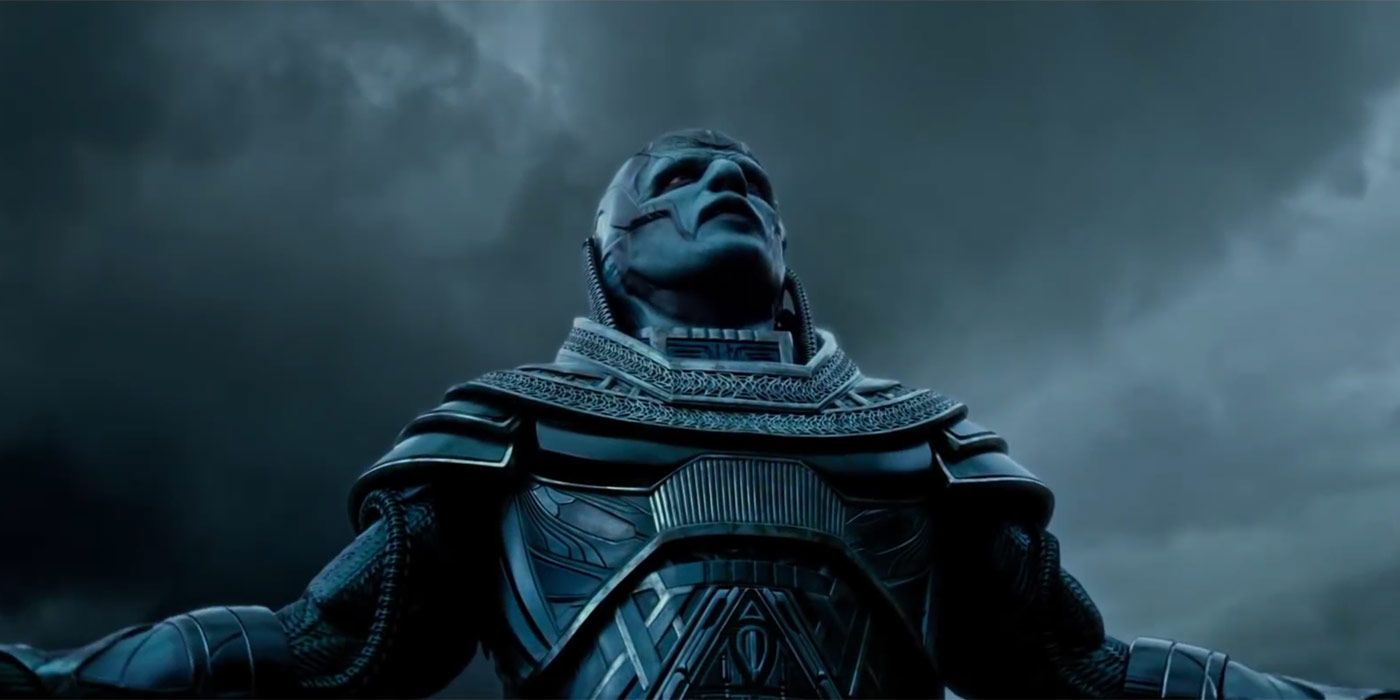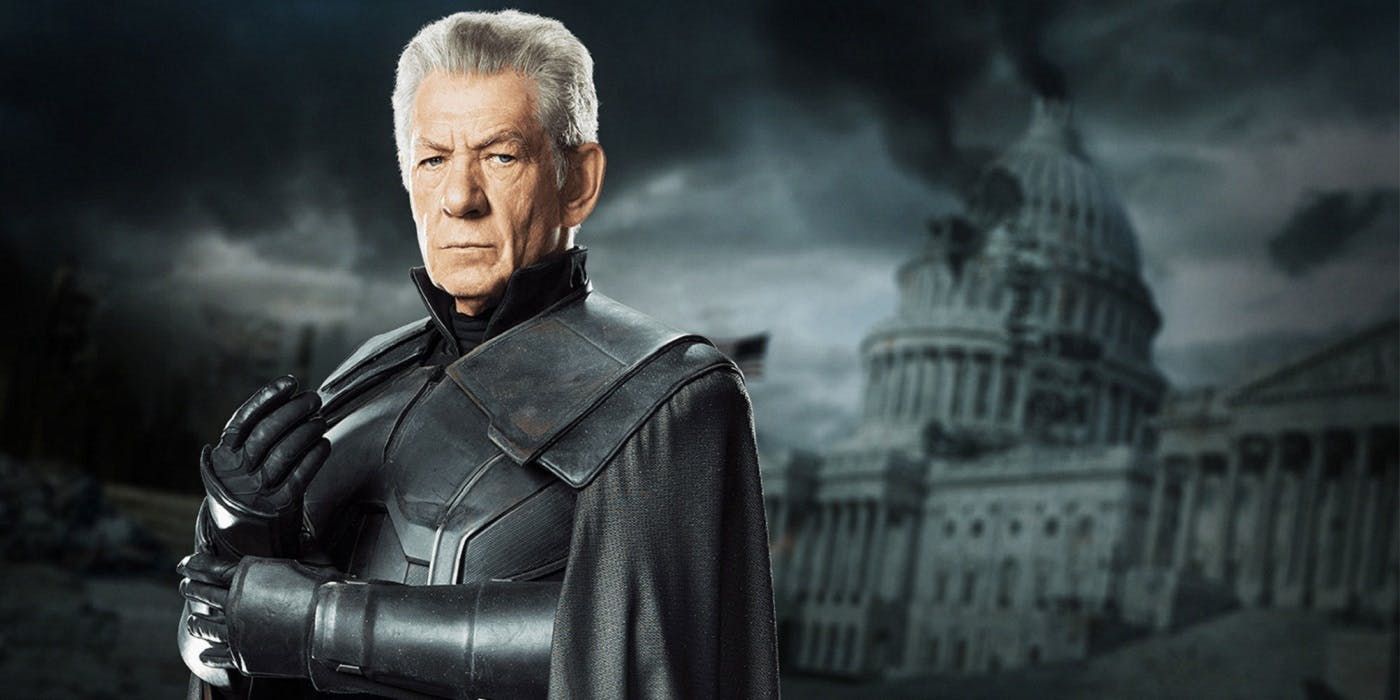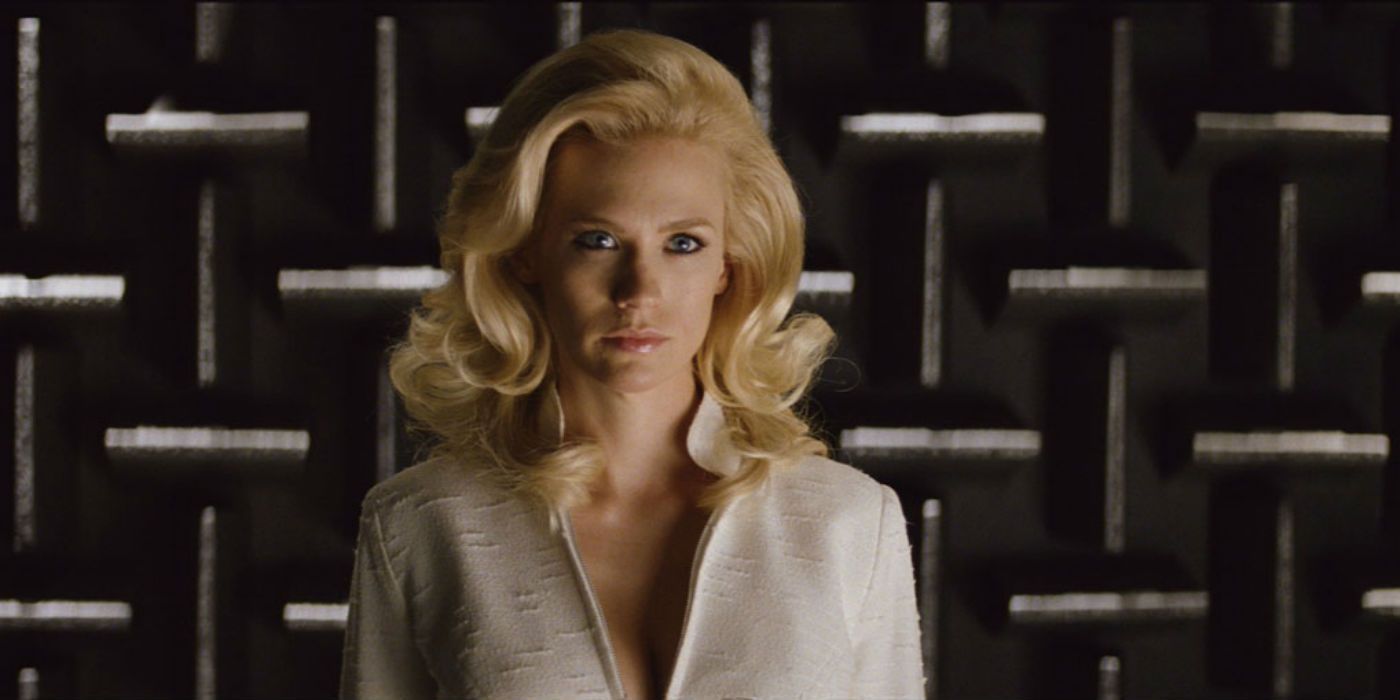Fox's X-Men film franchise is among the oldest of the current mainstream superhero franchises. Since 2000, the franchise has introduced some pretty iconic film heroes. It gave us Hugh Jackman's Wolverine, which for many fans is the only film adaptation of Wolverine there should ever be. It's why people flock to these films and why the franchise is worth almost $5 billion. It has a lot to offer but it's definitely not perfect. Among the great, memorable villains are some pretty lacklustre antagonists, some so flawed in characterization and execution that they threatened to ruin otherwise decent films.
But we're not going to be paying attention to the way they were acted out for this list. We're just going to be taking a look at how well or how poorly each one was written to see if the great characters were truly great or if that greatness stemmed from the skills of the actors, rather than the quality of the writing. We'll be looking at how much each one of these antagonists added or disrupted their respective plots and how well they complimented the many developing heroes that filled the films. That means we won't be taking costumes, acting skill or critical reception into account. So, in no particular order, let's take a look how which villains the X-Men film franchise nailed and which ones were horribly written.
15 FAILED IT: ANGEL
One of the first mutants Xavier and Magneto found in X-Men: First Class on their search for potential X-Men was Angel, who was working as an exotic dancer. She quickly became friends with the other members but when Sebastian Shaw invaded the CIA facility in which they were staying, she switched sides and joined Shaw's mission to bring about humanity's destruction. After he failed, she joined Magneto's Brotherhood of Mutants with little hesitation.
Given the setting of the film and the subtext of the overarching narrative, Angel had a lot of potential as a meaningful character, but she was completely wasted.
There's no exploration into her life as a mutant and as someone who was clearly struggling. If there was, it might have made her decision to switch sides much more impactful than it ultimately was. Any bonds she made with the other mutants were almost completely untouched, so in the end, it seemed as though Angel, as a villain, had little to no impact on the rest of the characters. The film would have remained the same without her, which is one way of distinguishing a bad villain from a good one. Angel's only real impact was in the way Shaw's persuasiveness and stance on mutant/human relationships was conveyed. Since there are plenty of other ways to convey the same thing, we can safely say that Angel in that film was the result of poor writing.
14 NAILED IT: PYRO
Although Pyro appeared in one scene in X-Men, he wasn't properly introduced or developed until the film's 2003 sequel, X2: X-Men United, in which he was played by a different actor, Aaron Stanford. In the beginning, Pyro was close friends with Bobby Drake and Rogue, but that all changed when he met Magneto and the villain managed to turn him away from Xavier's teachings about the relationship between humans and mutants. From that moment on, Pyro was a villain who was able to turn on his former friends in X-Men: The Last Stand, going so far as to attempt to murder one of them in battle in the final act.
Pyro's character arc was one of the more interesting out of all the X-Men film villains. Despite the education he received in the Xavier Institute, Pyro constantly displayed a lack of concern for the wellbeing of others. He proved that in X2, when he laughed after setting alight a man who snatched his lighter from him, in broad daylight. He was the perfect example of how damaging unchecked mutant powers could be to both people and the status quo between humans and mutants. His personality and his decision to turn against the X-Men also helped to highlight the virtuous and compassionate qualities of his former friends, like Iceman and Rogue.
13 FAILED IT: ARCHANGEL
After the timeline was altered in X-Men: Days of Future Past, the story of Warren Worthington saw dramatic changes as well. When he appeared in X-Men: Apocalypse, he was a completely different character in a completely different era with a completely different background. We were introduced to him when he fought an underground cage match against Nightcrawler in Berlin. When his wings are damaged in the fight, Angel turns to alcohol and when we next see him, he's drinking alone in an empty warehouse, which is where Apocalypse finds him and turns him into one of his four horsemen.
It made no sense with the timeline and the character did absolutely nothing for the overall plot.
Archangel's predecessor in X-Men: The Last Stand, added to that film's plot by giving us an example of how mutation was not necessarily an affliction, but rather a gift. It was a meaningful character. In comparison, Archangel was thinly written and clearly placed into X-Men: Apocalypse just so that a familiar character could be reintroduced and reinvented. It made no sense with the timeline and the character did absolutely nothing for the overall plot. Given how little we were shown in regard to characterization, Archangel added nothing to Apocalypse's group of minions and didn't aid in the exploration of any of the film's heroes.
12 NAILED IT: PHOENIX
The original trilogy introduced Jean Grey as the calm and collected apprentice to Professor Xavier. She was the one who was eloquent and intelligent enough to confidently argue against the Mutant Registration Act in the senate in X-Men and she was the one willing to make the necessary sacrifices, like using Cerebro because there was no other way to find Magneto, or stepping off the X-Jet in Alkali Lake because there was no other means of escape. The Dark Phoenix is another story and we saw it develop throughout the original X-Men trilogy, flawed though it may have been.
The fact that Jean Grey was a genuinely good person allowed audiences to invest themselves in the character. When the Phoenix finally emerged in X-Men: The Last Stand and started killing off certain characters, like Cyclops, audiences could feel that the stakes were high. There was someone inside the Phoenix who was worth saving, which made the climactic end of that film impactful. Her transformation into a ruthless villain didn't just benefit the plot of the film, it continued affecting characters like Magneto, who saw a change of heart following the disaster on Alcatraz and of course, Logan, whose guilt stemming from Jean's death continued to affect him in later films, as we could see in 2013's The Wolverine.
11 FAILED IT: JUGGERNAUT
Cain Marko was one of the mutants Magneto liberated from a prison convey in X-Men: The Last Stand. He joined Magneto's Brotherhood of Mutants and proved useful as the muscle of the group. He was even able to stop Wolverine from reaching Xavier and Jean, despite throwing him into the house, which was the exact opposite of what Magneto ordered him to do. The unstoppable was finally stopped when he chased Shadowcat and Leech on Alcatraz and his mutant abilities were deactivated, causing him to fall unconscious after ramming his head into a wall.
The only reason why Juggernaut was even in the film was to reference an old meme.
Like many of the mutants that appeared in the second and last acts of X-Men: The Last Stand, Juggernaut seemed to be introduced for no other reason than to create exciting action sequences. While they were definitely exciting and fun, there came a point in which it seemed that one of the major reasons why Juggernaut was even in that film was to reference an old meme. There was next to nothing in the way of motivation or any kind of character development other than that. With any luck, Juggernaut will return to the franchise with just a little more depth and impact to the overall narrative.
10 NAILED IT: SABRETOOTH
The first time Sabretooth appeared, he had few lines and little to no depth. He was reinvented and reintroduced in X-Men Origins: Wolverine, in which he was depicted as Logan's half brother. They shared many of the same powers and many of the same experiences, including major wars and betrayal by Weapon X. The film infamously got plenty of its characters wrong but Sabretooth was not one of them.
Fans would have known that Sabretooth and Wolverine would become mortal enemies in the film so creating depth in that conflict was important. The screenwriters got it right by showing us the bond that those two characters had and ensuring that the entirety of the plot revolved around it. Sabretooth elegantly embodied the animal that Wolverine was trying to fight within himself, which made their fights a little more meaningful. There was also his complexity. He enjoyed the violence but he also showed concern for his brother. As a character, he blended affection with rage well enough that it kept audiences guessing as to Sabretooth's motivations. It's why the final fight sequence, in which he temporarily allied himself with his brother against Deadpool, felt organic when it could have easily been forced to please fans.
9 FAILED IT: LADY DEATHSTRIKE
X2 adapted one of Wolverine's most well known enemies from the comics: Lady Deathtrike, aka Yuriko Oyama. In the film, she was depicted as a mutant, forced to serve Stryker as a bodyguard. She possessed all the same powers as Wolverine and had even undergone the same procedure that coated his bones in adamantium. Inevitably, Yuriko fought Logan at the Weapon X facility in Alkali Lake, where she was defeated with the use of molten adamantium and a nozzle.
She did not have any effect on the overarching narrative or on the development of any of the characters in any way whatsoever.
In her first few scenes, Yuriko (as she is referred to by Stryker) maintains a silence that helps to build mystery around her character. As the film progresses, that mystery falls hollow. There was clearly no intention of adding depth to this character and while her powers and abilities clearly mirrored Logan's, there was no attempt made at making her at all meaningful to him or any of the characters for that matter. Like so many X-Men villains, Yuriko seemed to be in the film only to tease comic book fans and to provide a suitable antagonist for one stunning fight sequence. Otherwise, she did not have any effect on the overarching narrative or on the development of any of the characters in any way whatsoever, which is a shame because even in the smaller moments between her and Logan, there was potential for growth for one or both of them.
8 NAILED IT: WILLIAM STRYKER
The X-Men film franchise has presented us with three different versions of William Stryker. The one that intrigued us most was the version that appeared prior to X-Men: Days of Future Past. From his first scene in X2, Stryker proved to be much more than just the average villain. His story was entwined with Wolverine's origin, which, at that point in the franchise, was still largely a mystery to us. The truth of their story was finally revealed in X-Men Origins: Wolverine and when analyzed in its entirety, reveals a fairly complex villain.
William Stryker was obsessed with finding a solution to what he viewed as the mutant problem. It stemmed from his experience with his son, Jason, who caused Stryker's wife to commit suicide. In the context of the overall narrative, Stryker's role as an antagonist was meaningful because it highlighted the grey areas of something as dangerous as mutation. Jason embraced his abilities in anger, which had a damaging, ripple effect, despite the positive effects that Xavier advocated. Stryker was also meaningful to Wolverine's story and was able to adequately represent the brutal life Logan ultimately left behind. He may not have any powers and he may not have been involved in any action-packed fight sequence, but Stryker arguably had more of an impact than most other villains in the franchise.
7 FAILED IT: MYSTIQUE
Mystique, as depicted in X-Men: First Class and all the films that followed, is much more well developed than her predecessor, but she isn't a villain. The Mystique we'll be looking at is the one that joined Magneto's Brotherhood of Mutants. She was one of his most invaluable allies until she was shot with the cure in X-Men: The Last Stand. No longer a mutant, Raven was immediately abandoned by Magneto on that convey, which is why she ultimately turned against him.
Beyond that scene, Mystique had few lines throughout the original trilogy and was very rarely explored as a character.
The most exploration Mystique's character ever received was in the interrogation room in X-Men: The Last Stand when she was shown to fully embrace her mutation and abhor humanity as indicated she referred to her full name, Raven Darkholm, as her slave name and bitterly hissed "homo sapien" as she threatened to choke the life out of her captors. Beyond that scene, Mystique had few lines throughout the original trilogy and was very rarely explored as a character. Beyond the fact that she was cruelly treated as child due to her mutation and that she hates humans, we're shown no other qualities though there were plenty of opportunities for some kind of exposition or development, like her brief talk in X2 with Nightcrawler, who effectively just asked about her powers.
6 NAILED IT: BOLIVAR TRASK
The sentinel program that drove mutants to the brink of extinction in X-Men: Days of Future Past began with Bolivar Trask, the brilliant mind who sought to keep humanity from being wiped out from what he saw to be a mutant threat. All he had to combat it was his intelligence and drive, which were enough for him to be able to persuade the president to go along with his mad plan.
While for the most part, Trask was written more or less as the film's MacGuffin, he was also developed and explored well enough as a character that, as an antagonist, he could keep the audience guessing. A great example of this is in the film's climax, during which Mystique, masquerading as President Nixon, ended up saving his life from Magneto. His involvement in the film's plot did everything a villain should do in a film for its heroes. He gave almost every character a chance to show growth and change. Instead of causing destruction for the mutant race, Mystique was able to become a positive force for change between humans and mutants and Xavier was pushed into keeping faith and hope alive among other characters. Few other villains in the franchise have had that much of an effect.
5 FAILED IT: PSYLOCKE
The first significant role Psylocke had in an X-Men film was in X-Men: Apocalypse. She begins as Caliban's assistant, to whom she is loyal until Apocalypse arrives and offers to improve her mutant abilities. She becomes a horseman of Apocalypse and aids him in his quest to rid the world of the weak. She guides him to Angel, who becomes another horseman and she fights for him against the X-Men, evidently ready to die for En Sabah Nur's cause. When the ancient mutant is defeated, she disappears, certain to reappear in future films.
It's clear that, like most of the other mutants in Apocalypse's band, Psylocke was only there to fill the group.
We can see that Psylocke is a lethal woman. She readily threatens Apocalypse's life when she first encounters him and she's more than capable of taking on other powerful mutants without using her telepathic abilities. The problem here is that that's as far as the film is willing to go with her. Nothing she says or does helps us understand her character or her motivations, which is why the fact that she's willing to follow Apocalypse to the ends of the Earth after one small offer makes very little sense. It's clear that, like most of the other mutants in Apocalypse's band, Psylocke was only there to fill the group.
4 NAILED IT: SEBASTIAN SHAW
In a bold move, X-Men: First Class expanded on Magneto's origin story with the use of Sebastian Shaw, who was there at the Nazi concentration camp in 1944 where Erik Lehnsherr's powers first manifested. It was Shaw who forced Erik to begin learning how to control his powers, by taking Lehnsherr's mother hostage and killing her. Later, he would threaten to destroy most of the western world through his machinations during the Cold War. Thanks to the X-Men and Magneto, his dystopian world never came to pass.
Sebastian Shaw as a villain was menacing and the fact that the film wasn't afraid to play with real history made the stakes feel much higher. Shaw was clearly unafraid to execute anyone who threatened to get in his way, as we could see when he murdered Darwin. Even though he failed in his mission as most villains do, his involvement in the story impacted several different characters. For example, his death cemented Magneto as a villain for multiple reasons, the largest one being that Lehnsherr had ultimately become the man he hated, and he was okay with it. It's not often we see villains affect protagonists in this way. The film (which was flawed in many ways) was that better for it.
3 FAILED IT: APOCALYPSE
After his apparent demise several thousands of years ago, En Sabah Nur rose again after the ruins of his tomb were discovered in Egypt and disturbed by Moira MacTaggert, who had followed members of Apocalypse's cult. En Sabah Nur awoke to a new world and immediately began forming his new set of horsemen comprised of Storm, Psylocke, Angel and Magneto. Afterwards, he began to disarm and destroy the world so he could rebuild from its ashes and create a mutant paradise.
Apocalypse, as depicted in X-Men: Apocalypse, is a typical megalomaniac. There's no depth and no exploration of his motivations.
He believes himself to be a god and behaves as one would expect anyone with a messiah complex would behave. That kind of characterization would be fine if it impacted any of the characters in any kind of meaningful way, but it doesn't. On the contrary, Apocalypse proves to be somewhat damaging to several other characters as they the film is forced to abandon previous character growth to accommodate the villain. For example, Apocalypse needs four horsemen and for the sake of audience engagement, one of them needs to be able to draw sympathy; ergo, Magneto. However, Erik Lehnsherr as depicted in past films would never willingly follow a madman like Apocalypse and yet for the sake of the villain and the final fight sequence he facilitates, that's exactly what Erik does.
2 NAILED IT: MAGNETO
We've been referencing Magneto throughout this entire list. There's a reason for that. Magneto, whether he's played by Ian McKellen or Michael Fassbender, is undoubtedly the most well developed villain in the entire X-Men franchise. He begins as a victim of the Nazi regime and slowly twists into someone trying to inflict as much pain on humanity as it has inflicted on him. It's why he couldn't stop himself from killing Sebastian Shaw and why he was steadfast in his belief that humans and mutants could never live peacefully alongside one another.
Magneto kept us guessing at every turn. Though he started out as a simple evil antagonist in X-Men, he gradually developed into a character with legitimate reasons for seeing the world the way he did, thoroughly shaping the argument the films were trying to facilitate. Not only that, but he caused others characters to change both directly and indirectly. This was especially clear in X2: X-Men United with Pyro and X-Men: First Class with Mystique, both of whom he managed to win over over time. The nature of his character also constantly helped his films to showcase Xavier's faith in humanity as it did in the final act of X-Men: Days of Future Past. As a villain, he complemented the protagonists perfectly.
1 FAILED IT: EMMA FROST
The franchise made multiple references to Emma Frost before introducing her in X-Men: First Class. She was a trusted ally and perhaps even a lover to Sebastian Shaw. She aided him in orchestrating events during the Cold War. The goal was to bring the U.S. and Russia closer to nuclear warfare in an attempt to spark a third World War, through which humanity would destroy itself and mutants would rise up to rule. To that end, Emma Frost met with the Russian general, Armivolkoff, whom she was in the midst of telepathically seducing before she was captured by Xavier and Magneto.
Despite being written as an incredibly powerful mutant, Emma Frost is depicted in the film as little more than another of Sebastian Shaw's lackeys.
After being captured, she's shown to be intelligent and incredibly capable but the film has no interest in showing us more of that. Instead, she's confined to small scenes in which she uses her abilities in less impactful ways, like the brief struggle against Magneto and Xavier in Russia or her first encounter with Magneto on Shaw's yacht. Too many things about her remained unexplored or underdeveloped for this depiction to be, in any way, seen as a successful adaptation.

